Sala10: Patricia Domínguez
virtual exhibition
Madre Drone
In this piece, the artist finds similarities between the mutilated eye of a toucan, caused by the forest fires in the Bolivian Amazon in 2019, and the ocular trauma suffered by Chilean protestors during the repression of the social mobilizations that same year. Domínguez links the potential for change in thought structures fostered by both events. Madre Drone thus suggests possibilities for imagining a new era, one based on reciprocal interspecies connections that would reinvent our relationship with technology in order to benefit the collective and defend life.
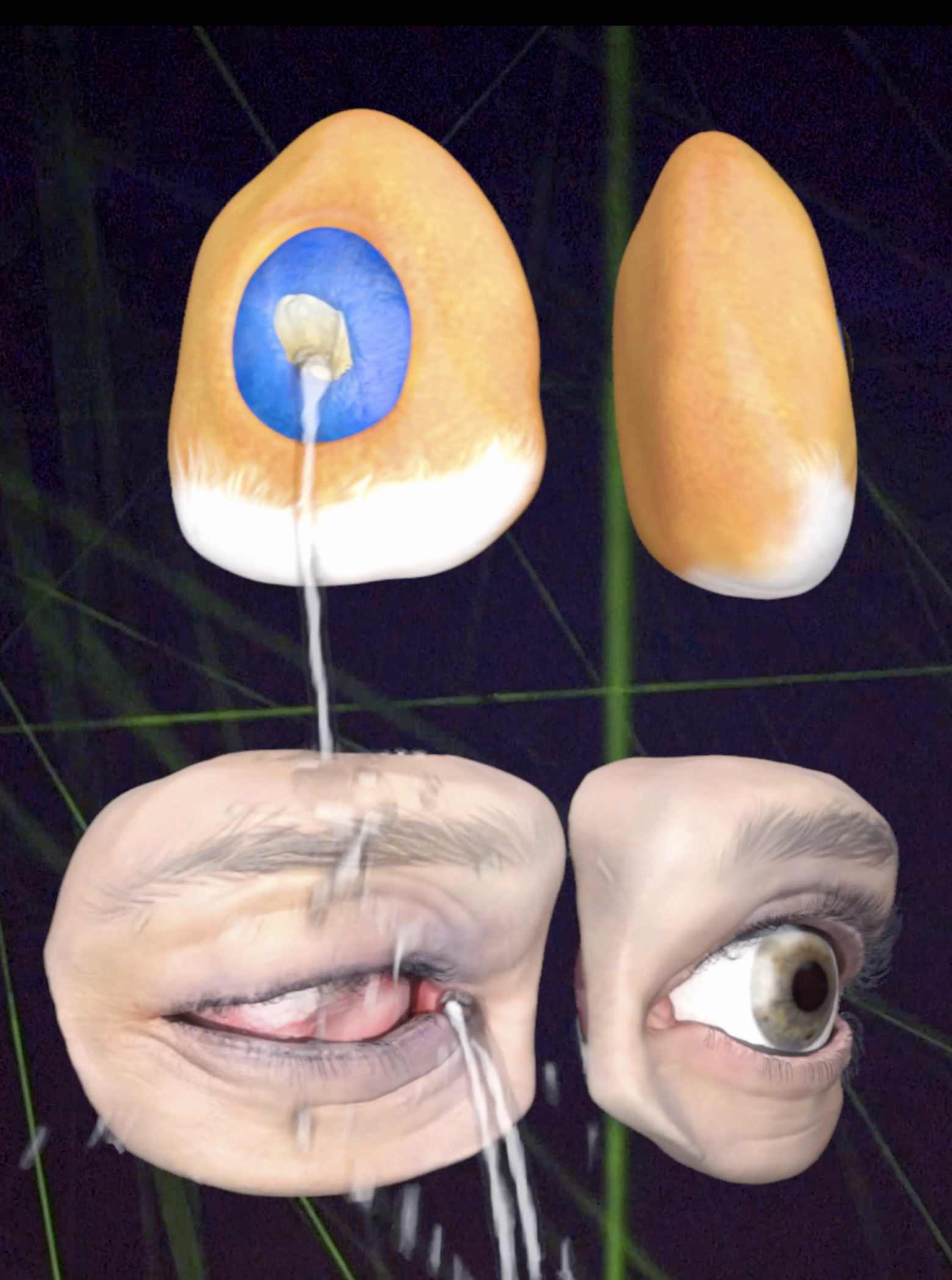
A Transmutator Fire That Travels Around the World: Of Protests and Forest Fires
“If all that changes slowly may be explained by life, all that changes quickly is explained by fire. Fire is the ultra-living element. It is intimate and it is universal.”
Gaston Bachelard, The Psychoanalysis of Fire [1]
The impact of human activity, a consequence of the rhythms of capitalism, has broken the balance of the planetary system at unsustainable scales. One example can be found in the forest fires that swept through the Amazonian region of Bolivia’s Santa Cruz de la Sierra department from July to October 2019, constituting one of the worst environmental catastrophes in Latin America in recent years. This fire destroyed over three million hectares of forest and left incalculable environmental damage in its wake. This emergency was the result of Evo Morales’s decree that privileged “economic development” over the sustainability practices of local communities, which encouraged land to be adapted for ranching and agroindustry.[2] That same year, a wave of social mobilization broke out in Chile to protest systemic inequalities. Tensions over access to healthcare, education, public transit and water forced the population into the streets to rise up against the state. The brutal repression of the police left 440 victims with ocular trauma due to the use of rubber bullets and tear gas.[3]
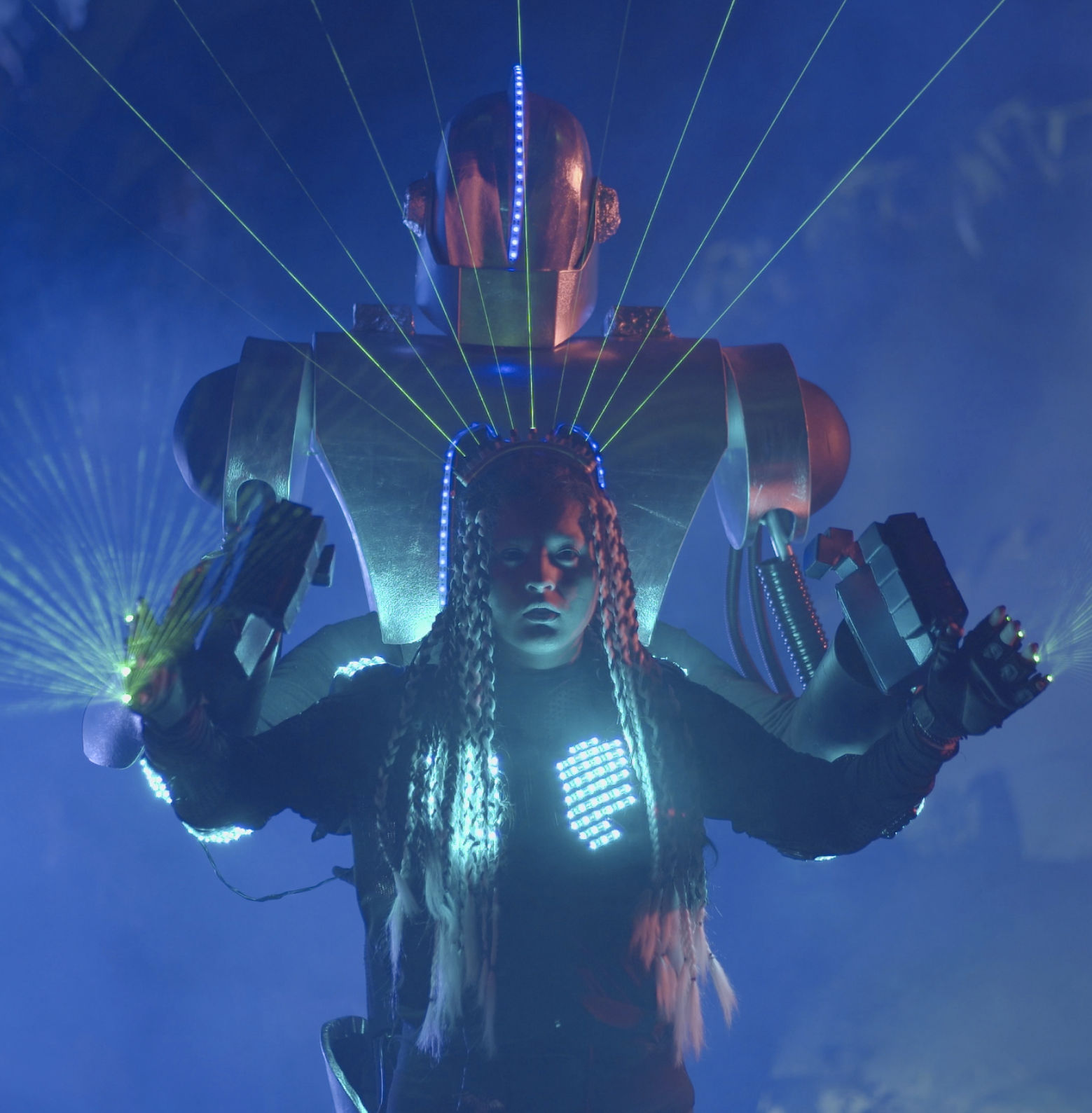
Patricia Domínguez’s practice identifies aspects of capitalist violence, intervening in them and resignifying them in imaginaries of resistance and planetary healing. The artist’s direct contact with these cases from Bolivia and Chile led to understanding of fire as a common denominator and accelerant of change. Flames are not merely understood in their materiality, but in their symbolic dimension. Fire provokes the death and destruction of the forest, but there’s another type of fire that brings social protest to a boil: consuming in its path those structures of thought, which have led to our harmful relationship with nature.
Madre Drone connects these two contexts through an oneiric Sci-Fi delirium. In the video’s prologue, two atemporal beings with organic/technologized bodies have an encounter. A man/robot is rescued by a woman/serpent from his atrophied body, imprisoned by the dictatorship of the neuronal connections of the right hemisphere over the left.
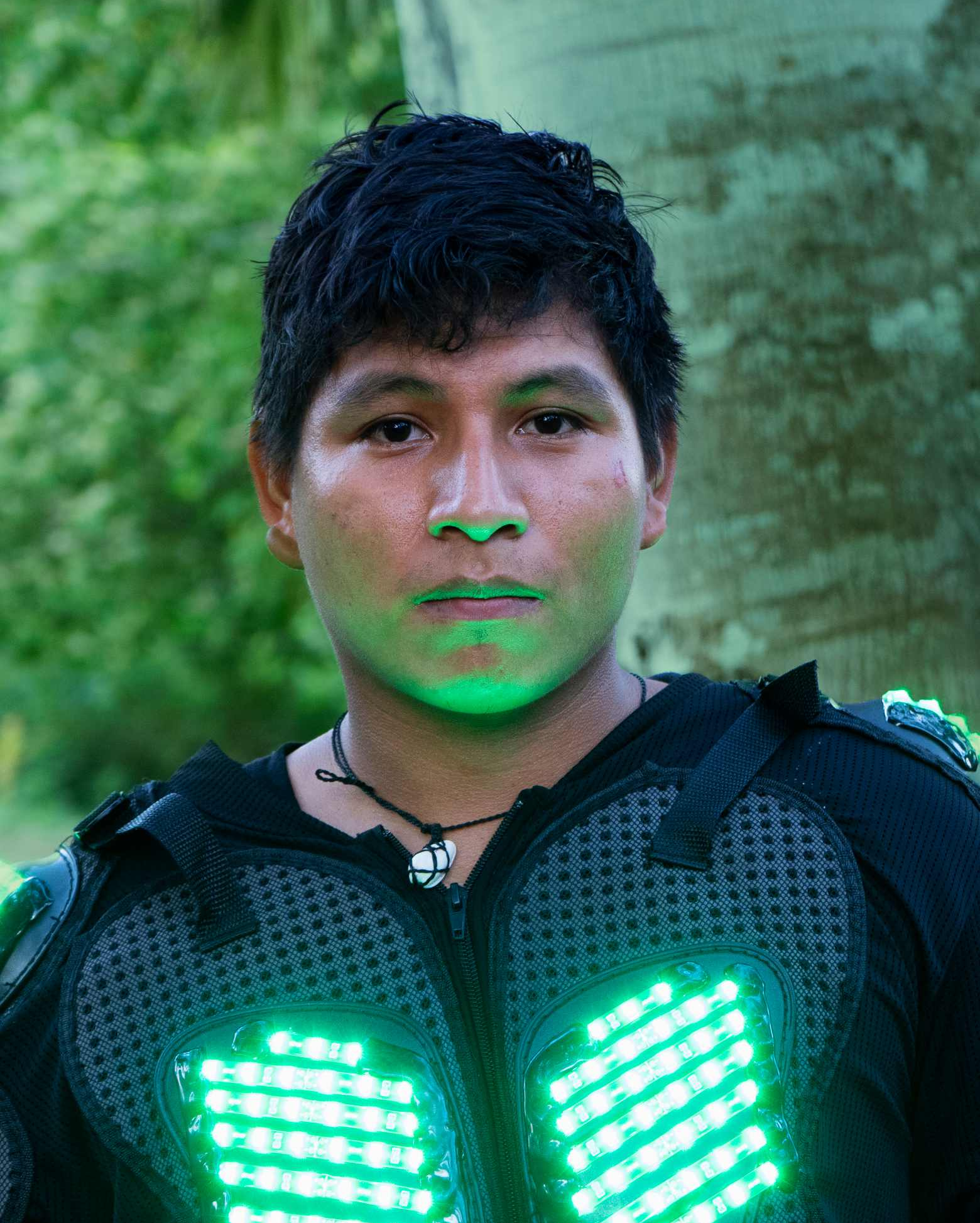
This rescue operation, which involves the use of medicinal plants and an invocation of the natural and feminine, fosters a dialogue between ancestral and modern technologies.[4] Ritual emerges as a generator of new codes of emancipation for reading the images of protests and forest fires captured by the artist.
In Santa Cruz de la Sierra, Bolivia, the Hotel Biotermal de Aguascalientes was turned into a refuge for wildlife affected by the forest fires.[5] The artist’s encounter with a toucan blinded by the fire echoed the news, weeks later, of those who had lost an eye during the Chilean protests. In both cases, their bodies generated “new ways of seeing” or, in harmony with the digitalization of bodies, of “scanning the other.” For Domínguez, the toucan and the wounded humans develop a new sensibility that transforms them into protagonists of a mythology that accompanies the road toward the future. Losing sight generates sensibilities and forms of recognition that enable the configuration of interspecies alliances. In the video, Darwin, a 17-year-old wildlife refuge worker, and Maléfico, a green parrot, pose together as an allegory for the reciprocal and ambivalent relationship between guardian and companion, driven by an emergency to find a form of coexistence, correlationship and mutual affection.
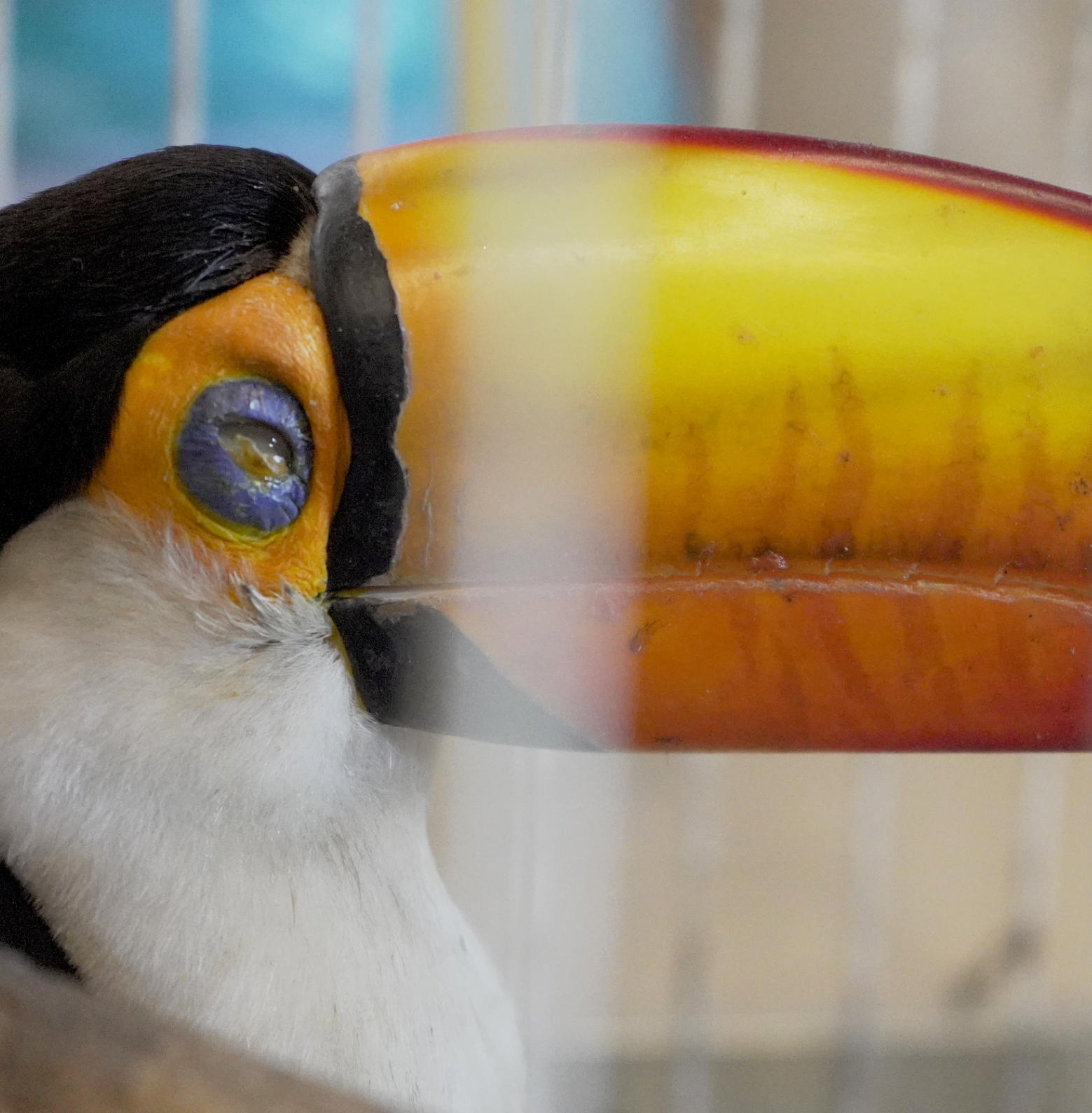
One of the most powerful moments during the Chilean social movement was the collective coordination of protestors who aimed lasers at a drone that was surveilling the protest, managing to confuse it and finally bring it down.[6] The beams of green light visible in the air due to the smoke and dust of the protest created a forest of light growing from the asphalt. This image is connected with the oneiric imaginary of the video, whose approach is informed by the visuality of the eyes—and their extension in the lens of Domínguez’s camera—scanning the streets of Santiago. Madre Drone suggests that the enemy drone can “come over to our side” as a basis for the creation of a new order in which wildlife species, humans and technology join forces to confront the animosities of the inherited system. Its power lies in its imagining of forms of emancipation derived from a symbolic imaginary, through intervened images, lamentation and calls to action.
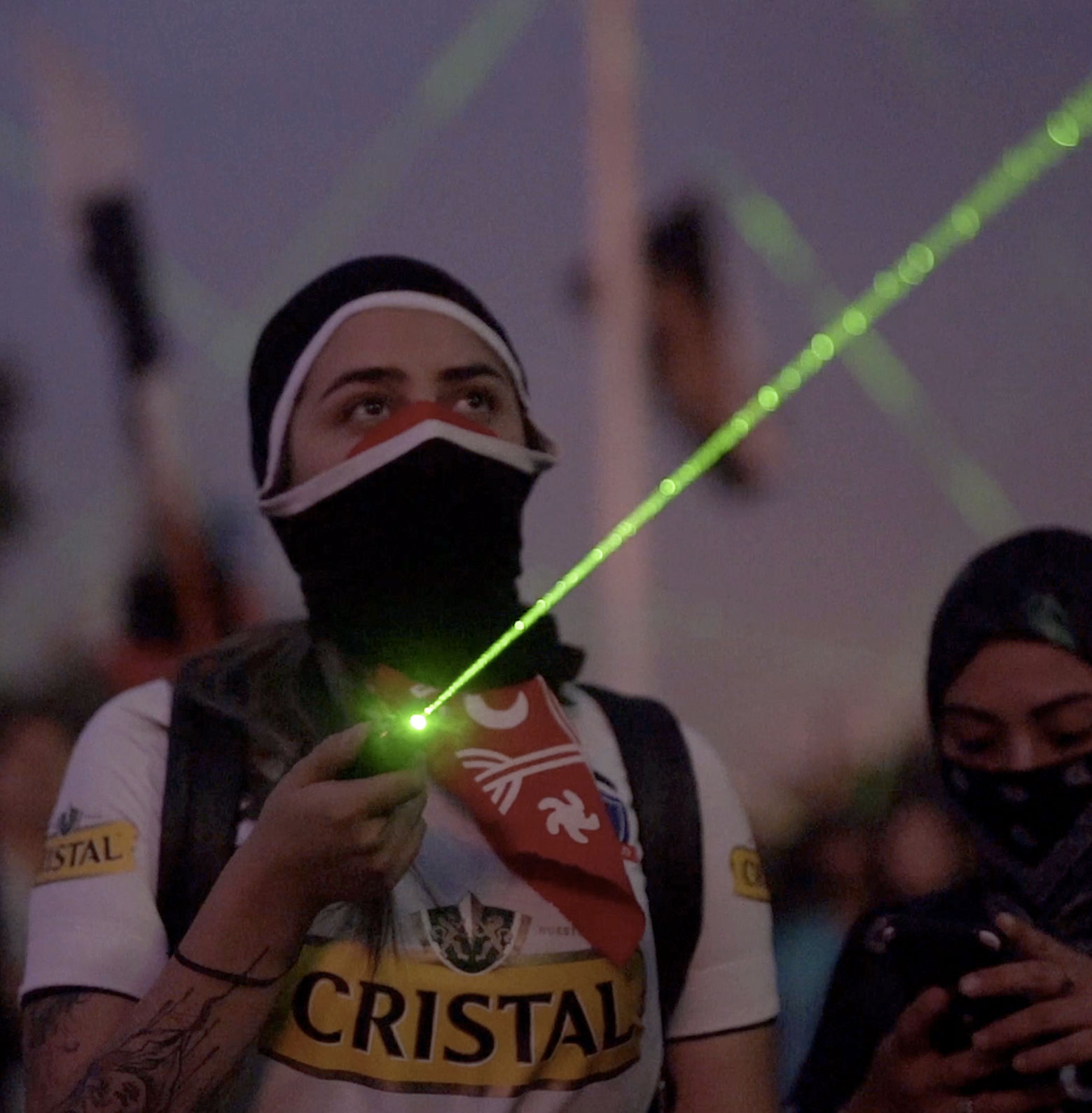
In the three years since it was produced, this piece continues asking questions about the fires we still need to put out and light. Madre Drone’s reflection can be extrapolated to multiple struggles for the defense of the territory and against capitalist depredation at the global level. One example can be found in Ecuador, where a referendum was carried out to stop oil drilling in Yasuní National Park, located in the Amazon, just a few days before the completion of this text.[7] After 10 years of struggle to take this referendum to the people, Ecuador made history by becoming the first nation to change the fate of the environment through a democratic process. This vote requires the state to keep these oil reserves underground, revealing a new agenda and conscience among the electorate. Perhaps that inflammation of the world foretold in Madre Drone can be felt in actions that slowly correct the imbalance in favor of a possible future.
Alejandra Moreno & Jaime González Solís
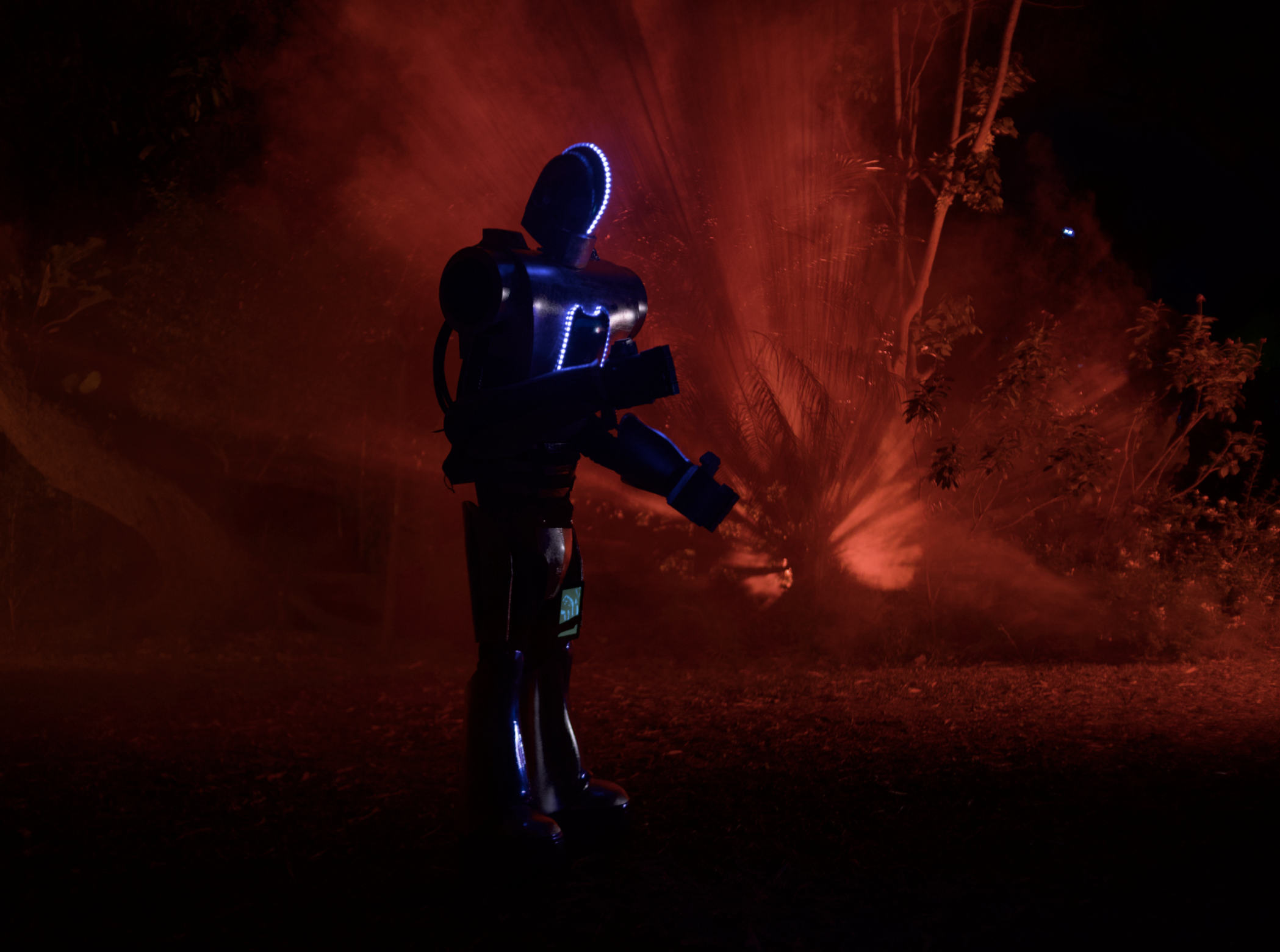
Download the publication Gaiaguardianxs, which accompanies the development of the piece Madre Drone, 2019–2020
Publication commissioned by Thyssen-Bornemisza Art Contemporary for st_age, June–August, 2020.
Graphic Design: Futuro.Studio, Madrid
3D Design: Álvaro Muñoz
Texts and Videos: Patricia Domínguez
Edition: Claudia Blin
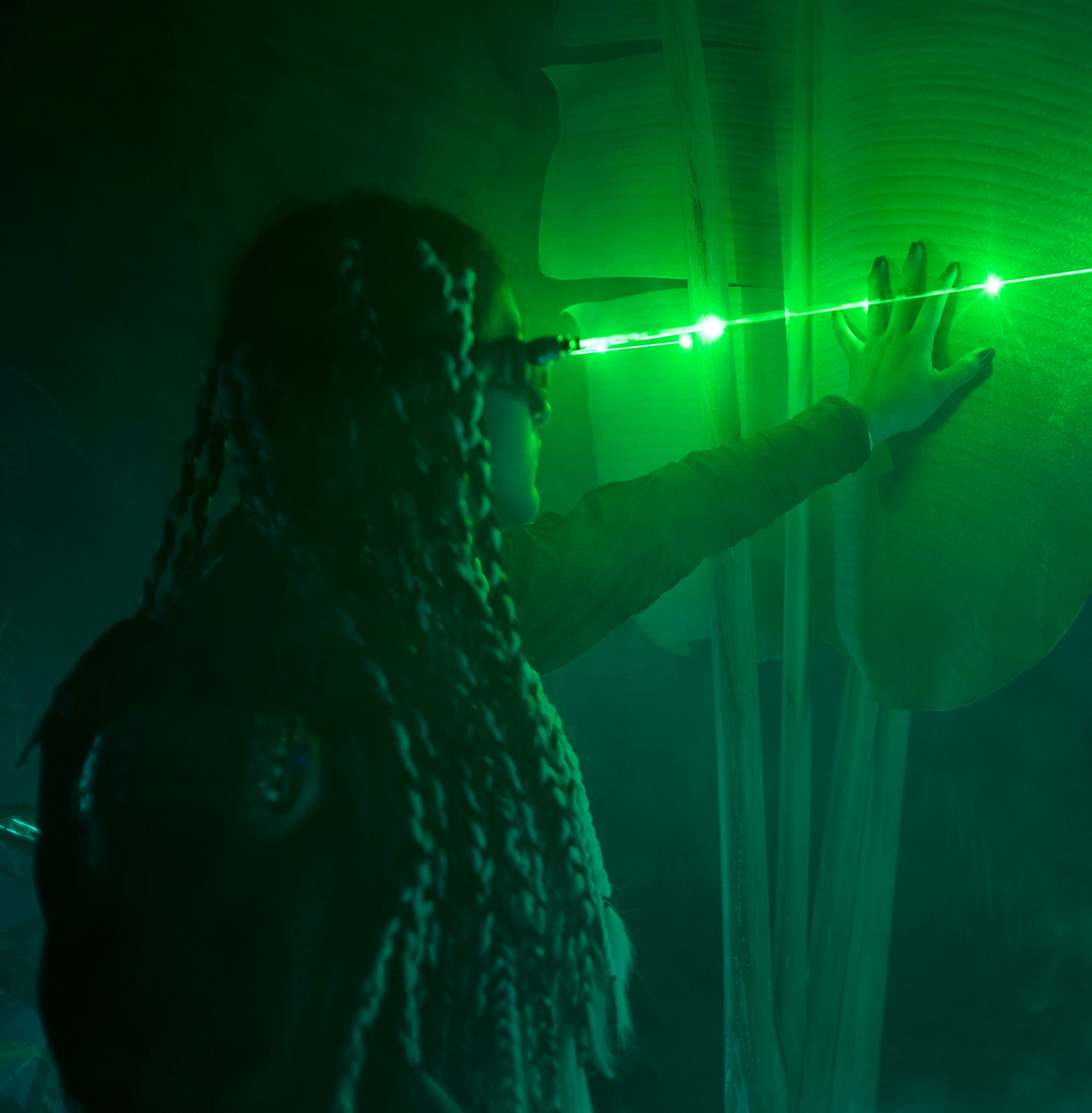
Patricia Domínguez
Madre Drone, 2019–2020
Video 4K
20’ 51”
Courtesy of the artist
Script, Direction and Editing: Patricia Domínguez
Design and 3D Animation: Álvaro Muñoz
Production: Uri Carrasco
Cinematography: Juan Eduardo Serna
Costume Design: Edson Maraz (snake), Jorge Mollinedo de SOARY and Carlos Romeo de JC PROPS (steel gigant)
Music: Futuro Fósil
Sound Design: Patricia Domínguez
Actors: Paul Andrés, Achivare Menacho and Romina Ávalos
Recordings of Chilean Protests: Cepams and Emilia Martín
Recordings of Forest Fires in Roboré: Eduardo Osorio and Claudia Belaunde
Special Thanks: Bárbara Baldovinos, Rafa Barber, Galería Patricia Ready, Kiosko Galería, Refugio Biotermal de Roboré and Teatro Experimental Universitario
Video commissioned by CentroCentro and produced by Residencia Kiosko, 2019–2020

Patricia Domínguez Claro
(Santiago de Chile, 1984; lives and works in Santiago de Chile)
She is a Chilean artist, which her work recodifies the elements of the capitalist system, turning them into myths of multispecies resistance. Through multidisciplinary projects that bring together experimental ethnobotanical research with healing practices, the artist proposes a poetic vision of contemporary life, profoundly linked to the land and to spiritual practices. In her work, materialized in drawings, sculptures, installations and videos, she suggests artistic imagination as a form of psychic emancipation and as a path to healing from colonial trauma. This operation emerges from an investigation into the implications of the colonial imprint on South America and on her own life. Her work has been shown at the New Museum, the Wellcome Collection, the Gwangju Biennale, Gasworks London, Transmediale Berlin, the Thyssen Bornemisza Museum, the Seoul Museum of Art, the Museo del Barrio, the Bronx Museum and FLORA ars+natura, among others. In 2022, she received the Botin Scholarship and, in 2021, won the Simetría Award to conduct a residency at CERN. She contributed to the book Documents for Contemporary Art Issue HEALTH DoCA and is currently the director of the ethnobotanical platform Studio Vegetalista.
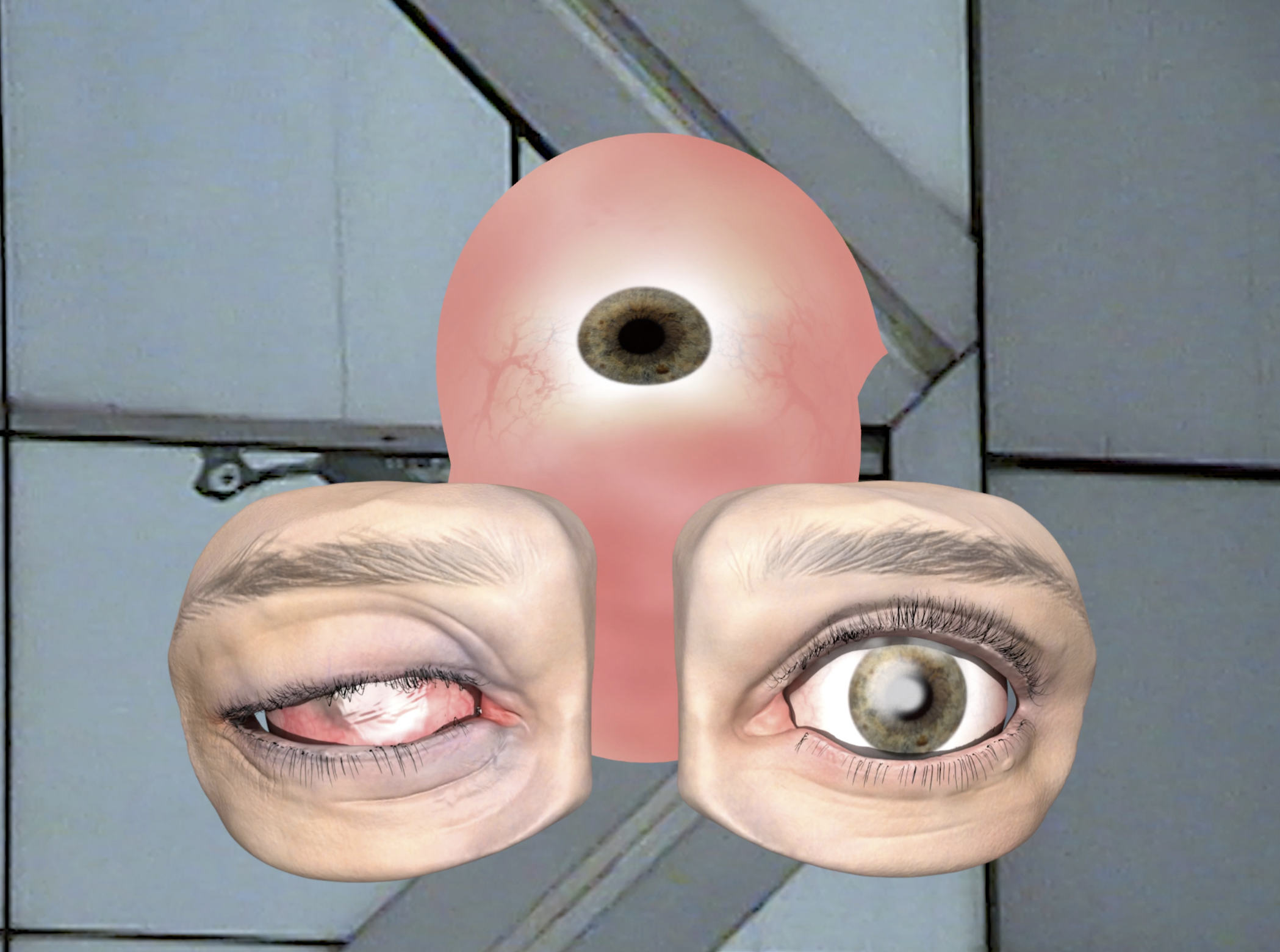
Curatorship: Alejandra Moreno & Jaime González Solís
Texts: Alejandra Moreno & Jaime González Solís
Content Direction: Ekaterina Álvarez, Cuauhtémoc Medina
Curatorial Coordination: Mariel Vela
Digital Management: Ana Cristina Sol
Content Editing: Roberto Barajas, Vanessa López, Yerem Mújica
English Translation: Julianna Neuhouser
Press: Francisco Domínguez, Eduardo Lomas



